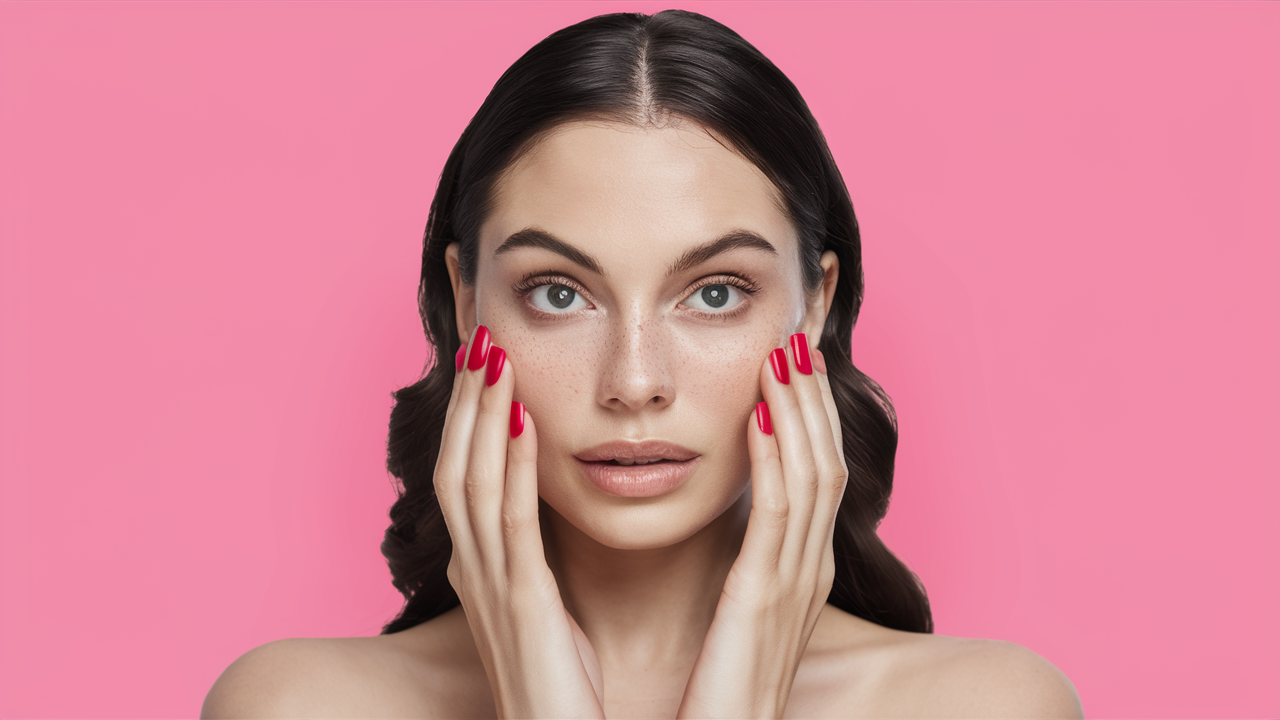How to Transition to Natural Hair: Tips and Tricks

Relaxing is the process of taking off chemical-processed hair and moving to the natural hair type. It can be a lot of fun, though it can sometimes be a seemingly consuming process and should not be rushed or mishandled. Below is a step-by-step guide to the process.
Benefits of Going Natural
1. Healthier Hair:
This is therefore probably why natural hair is comparatively stronger thus less brittle and more resistant to breaking.
2. Cost Savings:
You will not be spending cash in going for chemical solutions.
3. Versatility:
It is advisable to try out different styles that complement those that pertain to your hair type.
Preparing for the Transition
The main aspect that should also be not overlooked is that before starting to work, one should be ready mentally and physically. Here are some steps to get you ready:
1. Research: Know your hair type and which of the products in the market can be used on this kind of hair.
2. Gather Supplies: Purchase the accessories that may include wide-tooth combs, satin scarves, and beauty products that moisturize the hair.
3. Set Realistic Expectations: Remember that it may take time and efforts as well as that it pays off to be patient in this case.
Moisturizing your Hair
It is essential that women with natural hair adhere to a hair care regime that protects their hair. Here’s what you need to do:
1. Cleansing: Wash your hair with a sulfate-free shampoo to have clean hair and also moisturized hair without the natural oils being removed.
2. Conditioning: Condition your hair with deep conditioner at least once a week in order to keep it healthy, and well moisturized.
3. Moisturizing: Rinse your hair with warm water, then apply leave in conditioner or hair cream to seal the hair cuticles.
4. Protective Styling: It is advisable to style your hair often using less harsh styling especially when loosening the hair without re-braiding or twisting hair to reduce manipulation.
A Case of Handling Two Textured Surfaces
During the transition, you’ll have to manage two different textures: of the relaxed hair to the natural hair or; the relaxed hair to the natural hair or hair damaged by the chemical allure. Here are some tips:
1. Be Gentle: Do not manipulate your hair too much so that it does not break.
2. Trim Regularly: Quickly reduce the length of your hair in order to get rid of the chemically treated ends.
3. Use Protective Styles: Such as braid out or weaving can assist to mix the two texturized hair types and also the hair.

Best Products for Natural Hair
Choosing the right products is crucial for the health of your natural hair. Here are some recommendations:
1. Sulfate-Free Shampoo: Keeps your hair clean without drying it out.
2. Deep Conditioner: Provides intense moisture and strengthens your hair.
3. Leave-In Conditioner: Helps to keep your hair soft and manageable.
4. Natural Oils: Oils like coconut or olive oil can help to seal in moisture.
Staying Motivated
Transitioning to natural hair can be challenging, but staying motivated is key. Here’s how:
1. Join a Community: Connect with others who are also transitioning. Online forums and social media groups can be great support systems.
2. Track Your Progress: Take pictures of your hair to see how it changes and grows over time.
3. Celebrate Milestones: Reward yourself for reaching different stages of your transition.
Final Words
Transitioning to natural hair is a journey that requires patience, knowledge, and the right products. By following these tips and tricks, you can make the process smoother and enjoy the benefits of healthy, natural hair.




